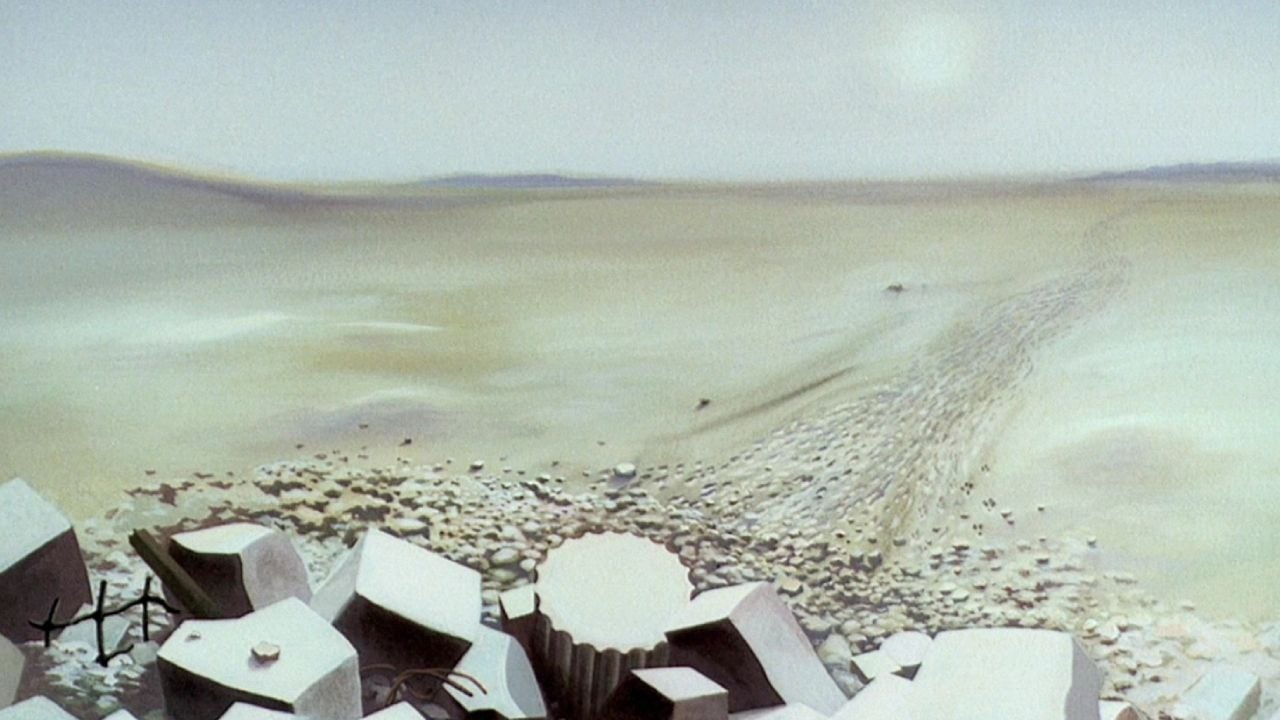For those who want to explore the rich and diverse Japanese cinema, there are a number of iconic films that offer insights into Japan’s culture, history, and creativity. From timeless classics to influential contemporary works, here are five essential films that every film lover should watch. to know:
5 Films to Learn About Japanese Cinema
5. Godzilla / Gojira (1954)
“Godzilla” is more than just a monster movie; it is a landmark in Japanese cinema that touches on profound themes while capturing the anxiety of the post-World War II nuclear age. Released in 1954, the film featured the iconic monster Godzilla, who has become a cultural symbol not only in Japan, but globally.
In addition to groundbreaking special effects for its time, “Godzilla” explored reflection on the traumas of war and the dangers of uncontrolled technology, influencing not only Japanese cinema, but also the monster movie genre around the world.
2. Drive my car / Golden Mai Ka (2021)

“Drive My Car”, directed by Ryusuke Hamaguchi is the newest film on this list and it shows a lot about current Japanese cinema. The film is adapted from the short story by Haruki Murakami and the story follows Yusuke Kafuku, a theater director who mourns the death of his wife, Oto, a mysterious screenwriter.
Two years after the loss, Kafuku agrees to direct a play in Hiroshima and drives his Saab 900 to the city, where he meets Misaki Watari, a young driver in charge of his car. Despite their initial reservations, a special bond develops between them, exploring themes of loss, forgiveness, and self-discovery through art and shared intimacy.
3.Harakiri (1962)

“Harakiri” is a historical drama that examines samurai traditions and social injustices in the Edo period. The film tells the story of an unemployed samurai who seeks revenge against a clan that forced him to an honorable death (seppuku). With its meticulous cinematography and a plot that mixes suspense and sharp social criticism, “Harakiri” is a prime example of Japanese cinema that challenges convention and examines morality in times of hierarchical rigidity.
4. The enchanted city / I feel Chihiro no Kamikakushi (2001)

“Spirited Away” is a legendary animation from Studio Ghibli and Hayao Miyazaki, one of the most important directors in Japan and the world. The film transcends children’s audiences to touch the hearts of all ages. The film follows the journey of a young girl named Chihiro into a magical world, where she encounters strange beings and faces challenges to save her parents and discover her own identity.
With its extraordinary imagination, themes of personal growth, and meticulous animation, “Spirited Away” captures the essence of Miyazaki’s talent for telling stories that deeply resonate with universal questions of courage, identity, and friendship.
5. The 7 Samurai / Shichinin no Samurai (1954)

Considered one of the greatest films ever made, “The 7 Samurai” is a masterpiece by Akira Kurosawa, a legendary director, who defined the samurai film genre and influenced generations of filmmakers around the world. Set in feudal Japan, the film tells the story of a group of samurai hired to protect a rural village from bandits.
With its epic narrative, complex characters, and masterfully choreographed action sequences, “7 Samurai” is not only an impressive technical feat, but also a meditation on honor, sacrifice, and the nature of leadership.
These five films represent just a small sample of Japan’s vast and rich cinematic tradition, with classic works that have shaped the scene as well as current works. Each offers a unique experience that not only entertains, but also educates on the values, history and aesthetics that have shaped Japanese cinema over the decades.
The next 5 films to discover Japanese cinema appeared first on Olhar Digital.
Source: Olhar Digital
Rose James is a Gossipify movie and series reviewer known for her in-depth analysis and unique perspective on the latest releases. With a background in film studies, she provides engaging and informative reviews, and keeps readers up to date with industry trends and emerging talents.







